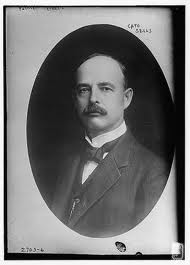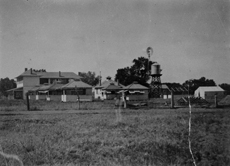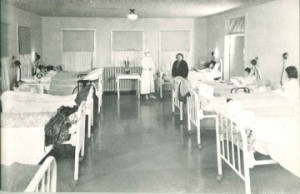Admissions to the Canton Asylum for Insane Indians were routed through reservation Indian agents (later superintendents), who performed much of the administrative and supervisory functions concerned with running these population centers. The asylum usually had several dozen applications on file, and tried to fill vacancies with patients who had been waiting the longest. Sometimes urgent or acute cases took precedence, but there were always more applications than room at the asylum. Dr. Harry Hummer was often accused of poor record-keeping, but he was apparently required to take a “census” of patients at the end of each fiscal year (June 30). Not all of these survive, but those that do at least give a snapshot of the asylum population. In 1921:
There were 45 male and 45 female patients. Since opening, there had been 146 male and 114 female patients, so the patient population tended to skew male.
There were 28 tribes represented. Since opening, 50 tribes were represented. The greatest numbers of patients came from the Chippewa, Menominee, and Sioux, with the latter being highest. This undoubtedly resulted because the asylum was located near Sioux reservations; studies had always shown that asylums served more people in close geographic range than farther out. States that tried to locate asylums centrally to be fair to an entire region were frustrated in these attempts because of this natural pattern.
Since opening, 62 patients had died of respiratory diseases, mainly tuberculosis (45) and croupous pneumonia (9). From 1903 to 1921, 115 patients had died.
______________________________________________________________________________________


